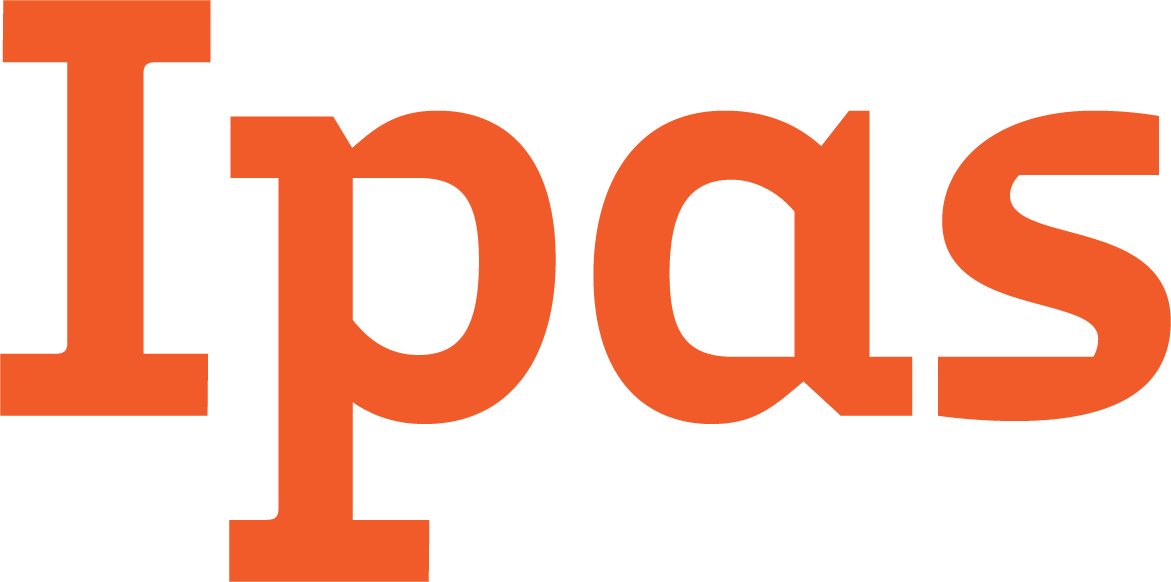When a 19-year-old in Ethiopia found herself pregnant, she made a chilling calculation. “I was sure [taking abortion pills] would either end the pregnancy or kill me,” she shared. “I preferred dying than my family hearing and getting angry with me.”
Her experience is captured along with that of many young people like her in powerful research exploring adolescent abortion care across Ethiopia, Malawi, and Zambia. Conducted by Ipas and partners—including the London School of Economics and partners across Africa—this groundbreaking study captures the voices and experiences of 313 adolescents seeking abortion-related care.
Pictured above: Illustration by Debasmita Dasgupta from Mwansa’s story: An educational comic and animation produced by Positive Negatives with research from the study, in collaboration with Ipas Malawi and The London School of Economics and Political Science
Study
Published in PLOS Global Public Health
“This is likely the largest and perhaps only study to date on how African adolescents seek abortion care, and is based on interviews with 313 youth, ages 10–19, across Ethiopia, Malawi, and Zambia. Their stories show that fear, poverty, stigma, and misinformation often delay care or push adolescents toward unsafe methods, especially where abortion is not legal but sometimes even where it is.”
— Tamara Fetters, Ipas senior researcher
Why it matters
Uniquely, this study centers adolescent voices, offering policymakers and health providers rare insights directly from young people navigating stigma, legal restrictions, and misinformation.
“I want to go to school, I don’t want to play with my life.”
—Adolescent study participant, Zambia, age 17
By comparing countries with different laws and health systems, this study provides clear evidence that when abortion is legally accessible, adolescents are far more likely to receive safe care. Yet it also shows that without challenging stigma and providing youth-centered services and clear, supportive information, legal access alone isn’t enough.
Key findings
Adolescents across Ethiopia, Zambia, and Malawi face overlapping barriers to abortion care shaped by each country’s legal and health system context.
- In Ethiopia, where abortion is broadly legal and services are more available and affordable, 98% of adolescents received safe abortions. Still, many faced delays due to lack of information and system inefficiencies like unnecessary referrals and tests.
- In Zambia, although abortion is legal on broad grounds, confusing systems and poor information meant 64% of adolescents ended pregnancies through less safe methods.
- In Malawi, where abortion is highly restricted, 94% of adolescents tried to end their pregnancies outside a health facility, often using unsafe or ineffective methods. They stated fear of family reactions and lack of money as major reasons.
Across all three settings:
- Laws matter. The most facility-based abortions were recorded where care is most accessible (Ethiopia), and most non-facility-based and least safe abortions were recorded where care is the most restricted (Malawi).
- Clear and accurate information is key. Confusing and contradictory information, with many adolescents sharing they did not know “where to go” causes delays in care, even where abortion is legal.
- Stigma makes access a struggle. Not only do adolescents face fear of judgement from their family and community, but some health-care workers turn away adolescents due to negative attitudes towards adolescent sexual activity.
- Postabortion contraception access was inconsistent. In some cases, adolescents described pressure or coercion from providers, such as having requested contraception discouraged or being coerced into contraceptive methods they were not properly counseled on.
Behind the numbers: Adolescents share their abortion experiences
Resources: How you can use this research to advance reproductive justice
For researchers and program designers
Access data and briefs to inform your next program or publication:
- Study website and briefs
- Open-access dataset
- Related to this study with a focus on pregnancy recognition:
For academics
Engage with conceptual frameworks that challenge dominant narratives:
- “The first thing I did was search on the internet…” – adolescent agency and risk
- Reproductive violence against adolescents
For human rights and policy advocates
Use these legal analyses to strengthen accountability and shape adolescent-centered policies:
For adolescents and community educators
Share stories that reflect young people’s realities, using these comics and films that share these findings in youth-friendly ways, especially for those with low literacy. One of the films, Mwansa’s Story, was selected as a finalist in the World Health Organization’s 2021 Health for All Film Festival.


